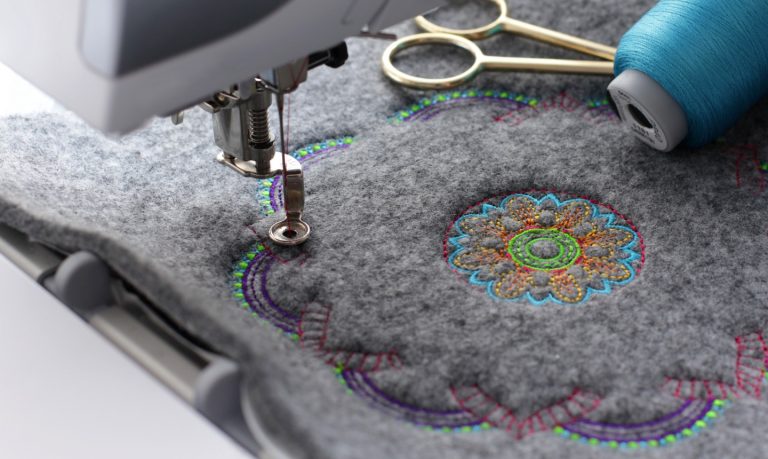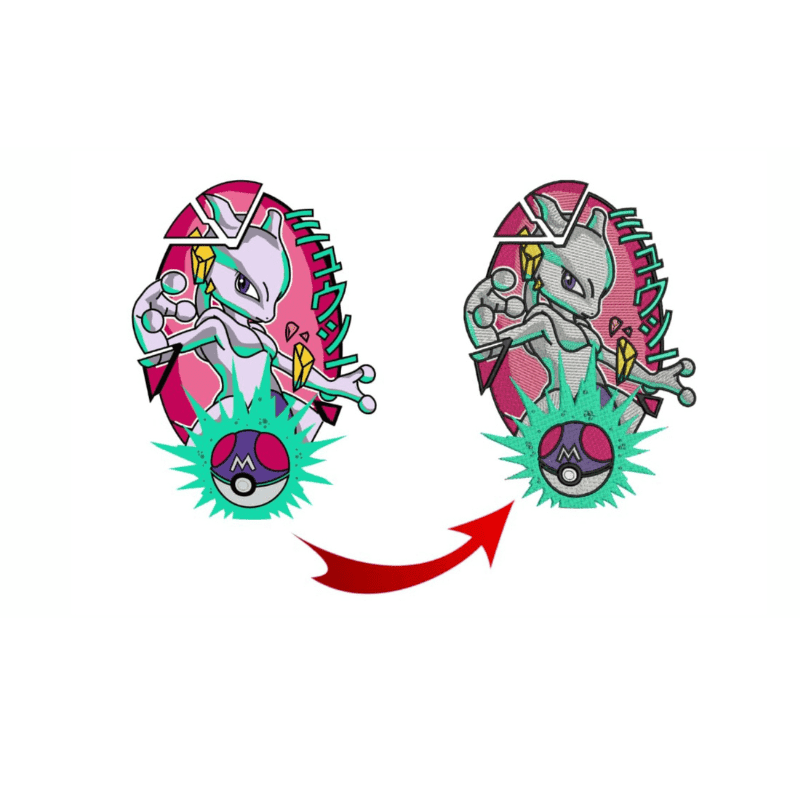Effective Digitizing for Embroidery: Quick Turn-around
Effective Digitizing for Embroidery: Quick Turn-around
Blog Article
Streamlining the Art of Embroidery Digitizing: Step-by-Step Guide
As modern technology continues to advance, the digitization procedure has come to be much more accessible, allowing lovers to bring their elaborate layouts to life with simplicity. In this overview, we will unravel the intricacies of needlework digitizing, breaking down each action systematically to streamline the process and encourage both beginners and skilled embroiderers alike.
Comprehending Needlework Digitizing Software Program
Embroidery digitizing software program functions as an important device for transforming detailed designs right into digital layouts suitable with needlework makers, facilitating exact sewing and customization. This specific software program allows individuals to import numerous photo file styles, such as JPG or PNG, and transform them right into embroidery machine-readable styles like DST, EXP, or PES - Digitizing for Embroidery. By making use of features like stitch modifying, rug alternatives, and thread color choice, digitizing software program enables users to manage every facet of the layout procedure
Moreover, advanced embroidery digitizing software application supplies devices for developing complex layouts, changing stitch density, and incorporating elaborate information. Users can additionally preview the layout before sewing it out, ensuring accuracy and minimizing errors. Additionally, numerous software application supply automatic features that help enhance the digitizing procedure, saving time and effort.
Comprehending the abilities of embroidery digitizing software is vital for accomplishing premium lead to needlework projects. By mastering this device, needlework lovers and experts can unleash their creativity and bring intricate designs to life with accuracy and effectiveness.

Selecting the Right Design File
After acquainting on your own with the abilities of embroidery digitizing software, the next crucial action in the procedure is picking the ideal design apply for your project. Digitizing for Embroidery. When picking a layout declare embroidery digitizing, it's necessary to consider the intricacy of the layout, the size of the end product, and the kind of fabric you will be dealing with
For complex designs with great details, a high-resolution image or vector documents is suggested to guarantee that the needlework maker can precisely reproduce the layout. Furthermore, the dimension of the final product plays a significant duty in choosing the appropriate style file. Bigger styles may require greater resolution files to keep clarity and intensity.
Furthermore, the sort of fabric you will be embroidering on affects the choice of style documents. Different materials might need adjustments in the style documents to ensure that the stitches are appropriately straightened and the layout appears as planned. By thoroughly picking the appropriate design data based upon these variables, you can set yourself up for a successful needlework digitizing procedure.
Digitizing Devices and Techniques
Using specialized software application and accuracy strategies, digitizing devices are necessary in changing intricate designs into embroidery-ready data. Embroidery digitizing software application, such as Wilcom, Hatch, or Embrilliance, gives the necessary system to transform artwork into read more stitch information. These programs offer functions like stitch modifying, padding alternatives, and text devices to ensure the design translates perfectly onto fabric.
One of the crucial strategies in digitizing is creating a clear path for the embroidery machine to follow. This entails digitizing each component of the layout with accuracy, determining stitch kinds, thickness, and directions. By utilizing devices like digitizing tablets or software-specific plugins, embroiderers can achieve a high degree of precision in their digitized styles.
In addition, grasping the art of rug stitching is vital for creating high quality embroidery. Underlay sewing maintains the material and produces a structure for the style, guaranteeing that the end product is both aesthetically appealing and durable. By recognizing these digitizing devices and strategies, embroiderers can raise their craft and bring elaborate layouts to life with accuracy and efficiency.
Tailoring Stitch Kinds and Directions
The option of stitch types can dramatically affect the overall look and structure of the stitched design. By tactically combining these stitch types, embroiderers can accomplish deepness and dimension in their styles.
In addition, the direction of stitches plays a vital duty in boosting the aesthetic allure of the last needlework. By trying out with various stitch angles and patterns, embroiderers can bring their styles check to life with exceptional detail and complexity.
Testing and Refining Your Digitized Design
To ensure the accuracy and quality of your digitized layout, thorough screening and improvement are necessary action in the needlework digitizing process. Once you have completed the digitization of your layout, it is crucial to examine it before waging the actual needlework. Checking enables you to determine any potential concerns such as string breaks, stitch density issues, or design distortions that might influence the result.

After testing, it is necessary to refine your digitized style based on the feedback from the examination sew-out. This may involve tweaking sew settings, adjusting thickness, or making modifications to the general design to achieve the wanted result. By iterating via screening and refinement, you can adjust your digitized style to perfection prior to progressing with the actual needlework procedure.
Verdict
Finally, mastering the art of needlework digitizing requires a detailed understanding of the software program, selecting the appropriate style file, using digitizing tools and methods, customizing stitch kinds and directions, and testing and improving the digitized design. By following these actions, embroiderers can Look At This streamline the digitizing process and create high-grade stitched layouts with precision and performance.
Report this page